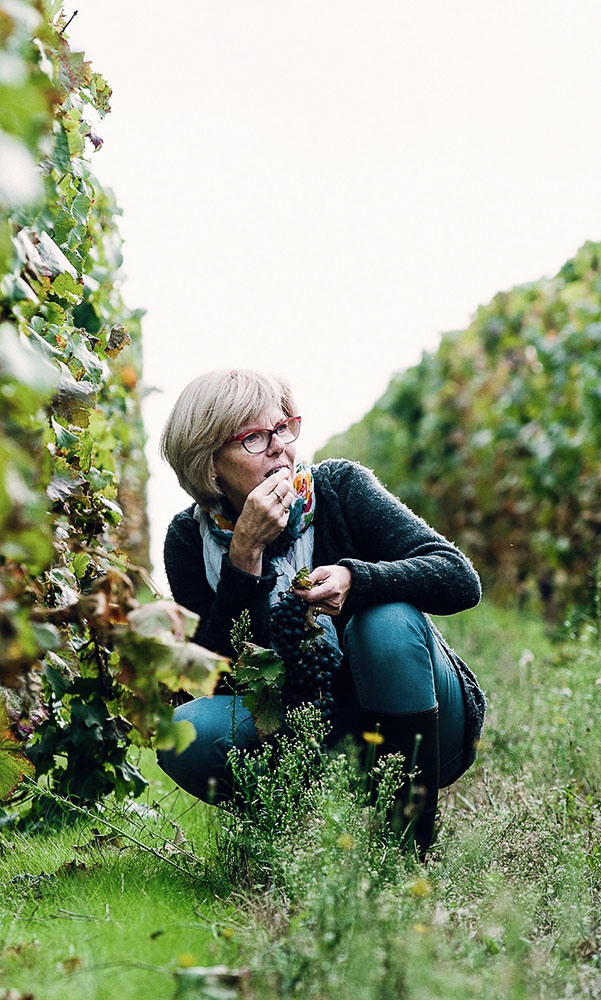The overall quality of the wines tasted was outstanding. Where Argentine Malbec can be dense, dark and lush with chewy tannins, Touraine Malbec is perfumed, bright, elegant and lifted. There does exist a global trend towards better expressing the characteristics of the variety and terroir through less extraction, lower alcohol and less new oak and Côt from the Loire is congruent with this trend.
The trend towards fresher wines may explain a new generation of producers in Cahors making pure, fresher wines and the increased diversity of styles of Malbec being produced in Argentina, particularly those grown at higher altitudes, resulting in higher acidity.
Given the excellent quality and the bright, lifted character of Côt from Touraine, the question becomes, what is the best way to promote these wines? Call them Malbec to take advantage of name recognition or Côt to identify with a particular place and style?
Valid arguments can be made for both positions. If there existed an abundance of Côt wines from Touraine, calling them Malbec may make sense to draw attention to the wines. But the quantity of these wines produced is relatively small and the amount exported is even smaller. This suggests that the market to which the wines should be directed is much more focused.
Calling the wines Côt gives them a sense of place, both geographically and stylistically. Also, one avoids the inevitable issue of someone purchasing a racy Loire Valley Malbec with the expectation that it will taste like a lush and dense Argentine Malbec.
Ultimately, producers of Touraine Côt just need some sommeliers, wine writers and wine shops to champion their wines, which shouldn’t be difficult. Based on the wines I tasted, Côt has the ability to satisfy that feeling desired by any wine lover to find a new wine that leaves you genuinely excited. Fresh, racy, mouth-watering, bright, terroir driven, approachable, quaffable and versatile… what’s not to champion? Long live Côt!



